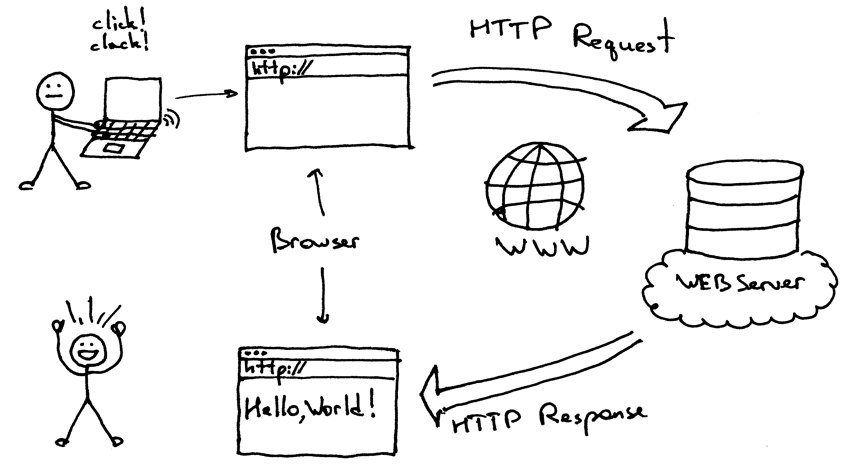We continued to work on our presentation for our findings for Lenovo, rechecking and finalizing our presentation and data. It was quite interesting to be on the other side and receiving feedback to analyze.
Category: Lenovo 1 – Kaeshev A & Leo Y
Working with Mr. Greyson Davis.
Kaeshev and Leo Lenovo Day 7
Today we worked on a presentation to our team leads for Friday, detailing a number of our achievements and possible future solutions for the product management team.
Here’s a snip from our Powerpoint.

Kaeshev and Leo Lenovo Day ?6?
Today was uneventful; we worked to read more comments and refine our algorithms, we will meet with our team leads tomorrow to see what to do in our final days at Lenovo.
Here’s a snip of the first few columns in our quite lengthy spreadsheet :).

Lenovo, Kaeshev and Leo, Day 5
We finally overcame our problem! With patience, creativity, and perseverance, we got our code to work, which helped us massively simplify our task of going through 20000 reviews. Using this, we were able to categorize them, and filter meaningful comments out, and a report was generated.
Here is our report so far

Lenovo, Kaeshev and Leo, Day 4
It turns out 20,000 review is a lot, and it’s not all smooth sailing. We began running into difficulty in separating data into meaningful categories (especially since 1/3 of people didn’t write more than half a sentence), and our code began to have some issues. Besides looking for solutions, we did some more detailed analysis on the smaller sample sizes, and gave our report.
Hashmap diagram (what we are trying to get to work):

Lenovo Day 3, Kaeshev and Leo
Today we were sent the whole hog as one might put it, all 20 thousand consumer feedback reviews, so we got to work on analyzing and reading the data. After our mini-presentation on Tuesday, we began gearing up for the next task, research and potential development of a web scraper in order to analyze competitor apps by their Microsoft store reviews, this might prove quite challenging and perhaps infeasible with only a short amount of time and Leo and I’s limited experience with the more complex parts of the front end.
Here’s a graphic that describes some of the networking that occurs from user input to a response.

Lenovo, Kaeshev and Leo, Day 2
Today we finished our code from yesterday, which helped us sort, categorize, and find various trends throughout consumer feedback Lenovo received. We were able to find keywords in the reviews with our program and determine the frequency of the keywords, which were then used to analyze the review score and satisfaction regarding instances of those words to find possible correlations between the words and customer satisfaction (or dissatisfaction). Using these methods, we were able to iterate through the 1000 reviews that were given to us and find the similarities and trends between them. We presented our findings to the WEP host.
Here is a small snippet of the report of our findings of a 299 sample size:

Lenovo, Kaeshev and Leo, Day 1
Today Leo and I were introduced to part of Lenovo’s team of consumer product managers. Tasked with reading through hundreds of consumer product review responses in order to get a feel for consumer perceptions of Lenovo’s products, we were certainly daunted, but the prospect of being able to eventually contribute our own research-driven innovations to Lenovo’s software spurred us forwards. We also began work on a side project of sorts, automating the reading and parsing of the data that we were given in order to save time and practice some of our coding skills.
Here’s a snip from some of my code using a python library called pandas

Lenovo – Day 0
Tomorrow Leo and I begin our 2-week journey with Lenovo’s consumer product management team. While unsure what I will be contributing, I look forwards to meeting Lenovo employees and learning about Lenovo’s various consumer markets.
Here’s a graphic on agile design, something that Leo and I did research on in anticipation for our time at Lenovo.
Enjoy tomorrow, Kaeshev